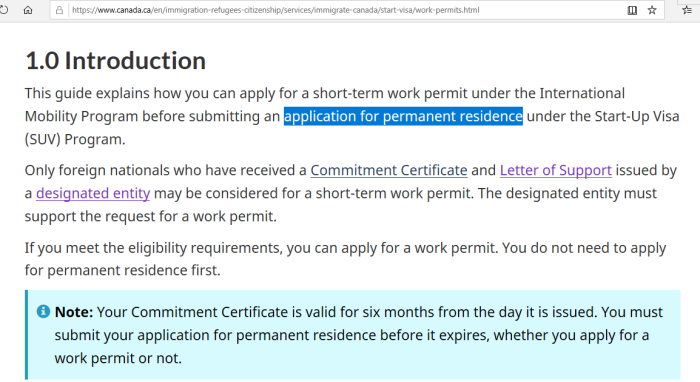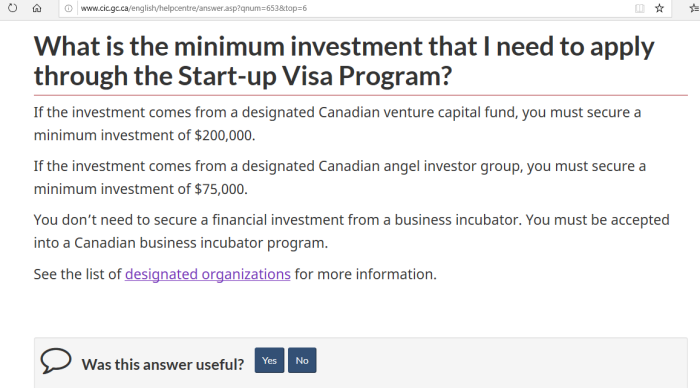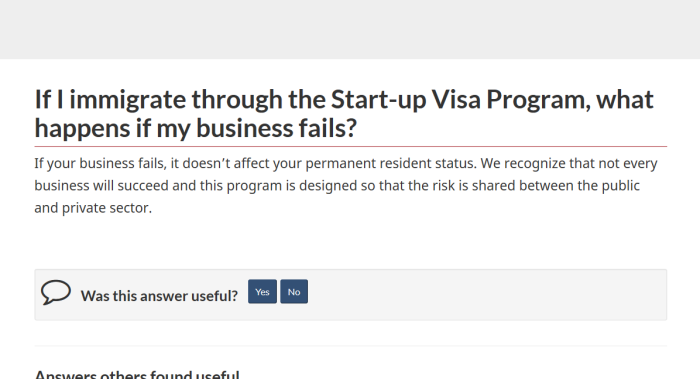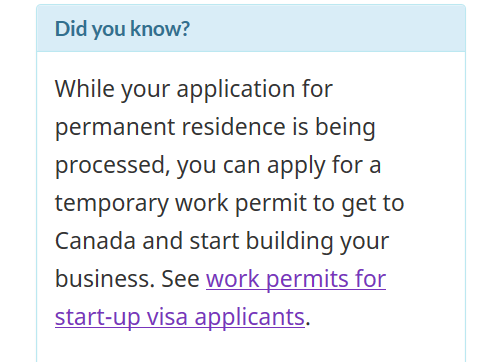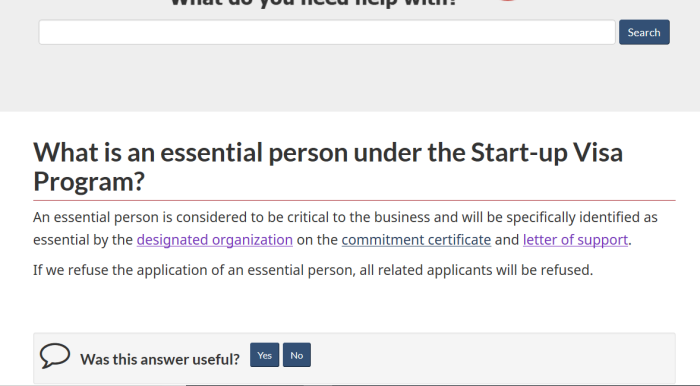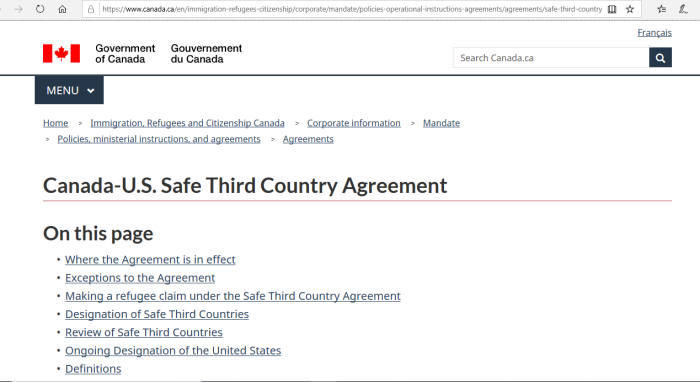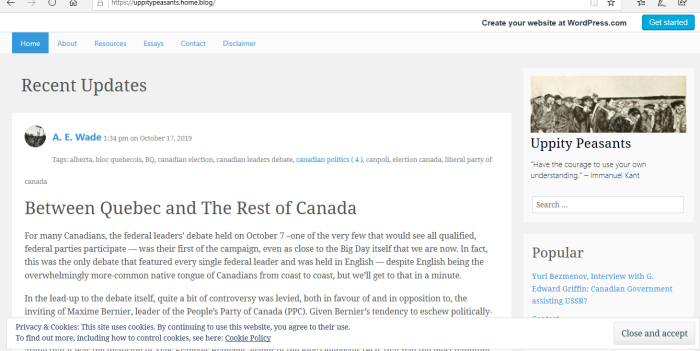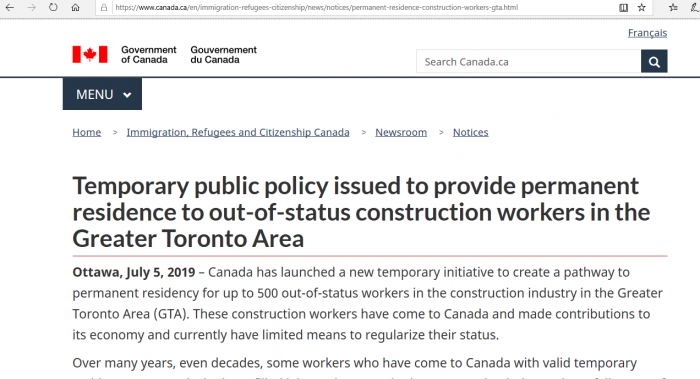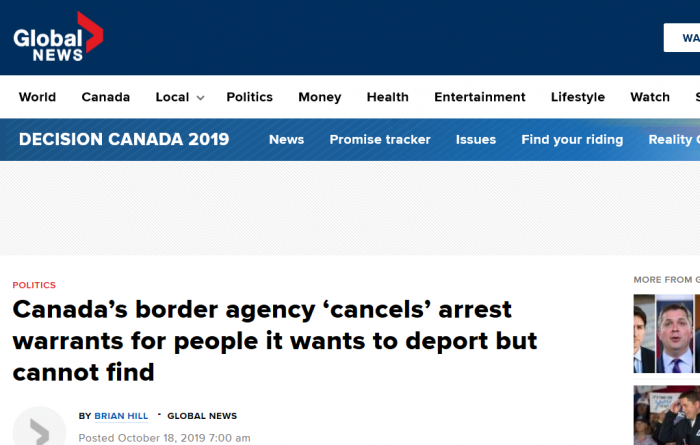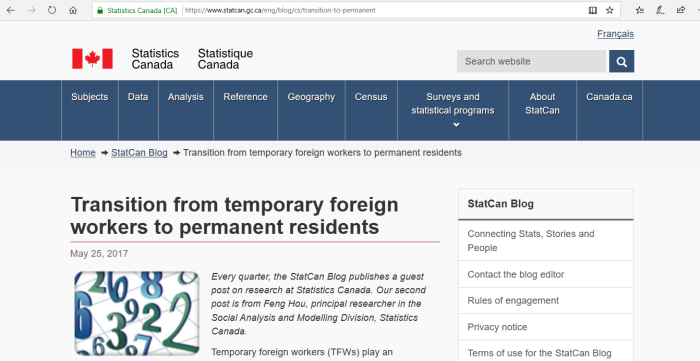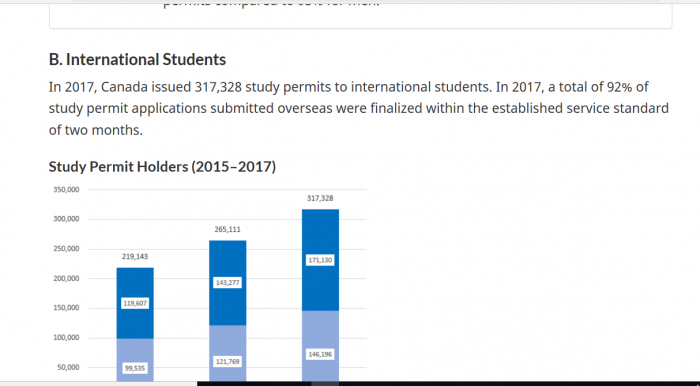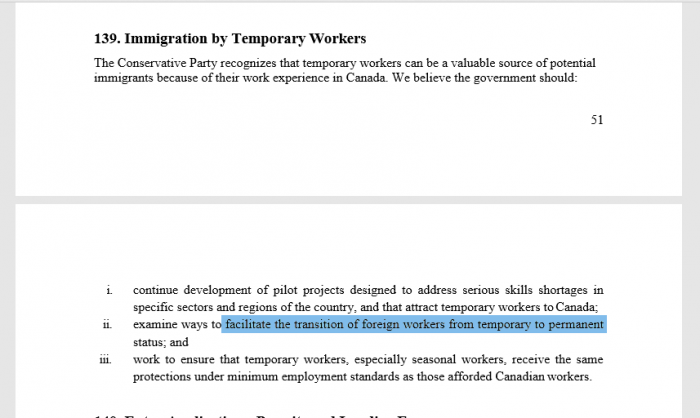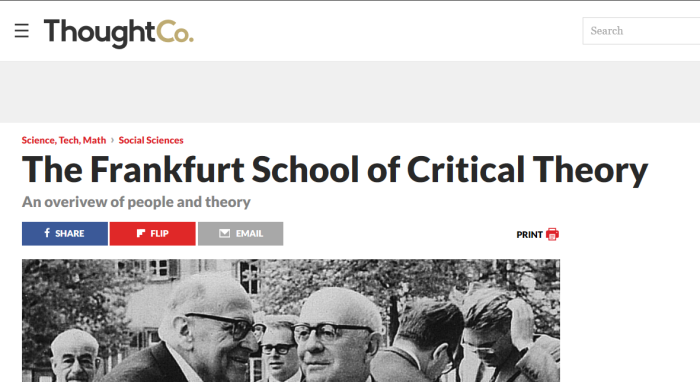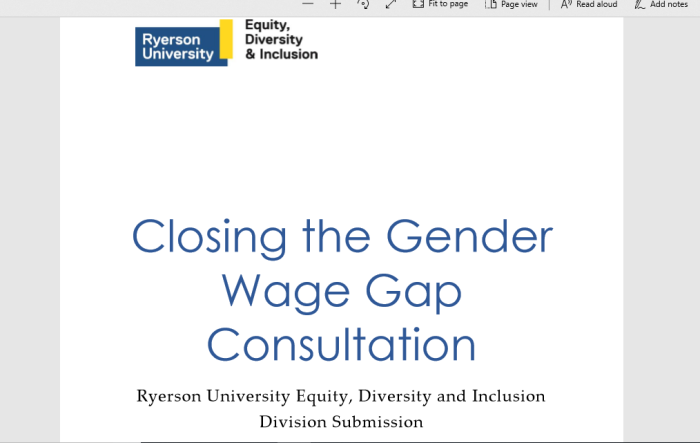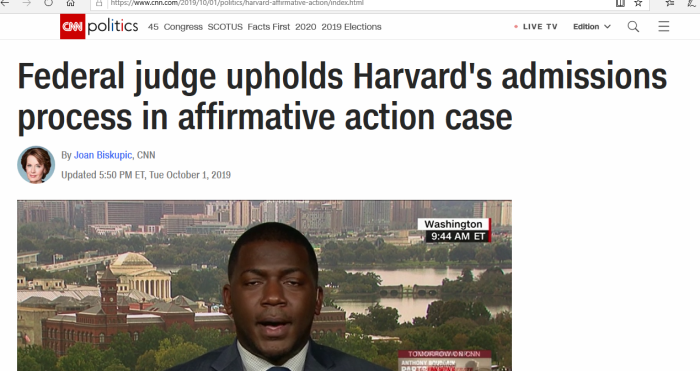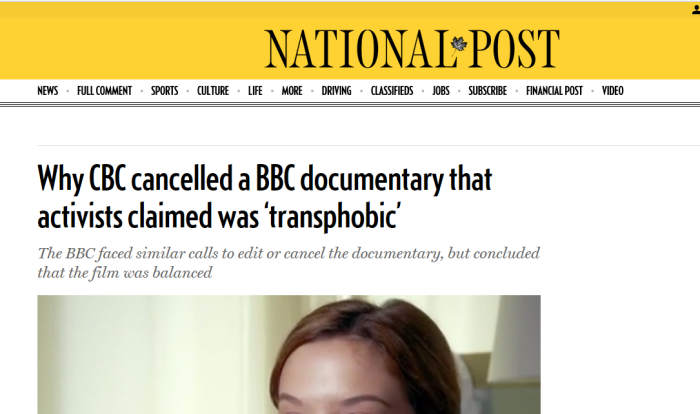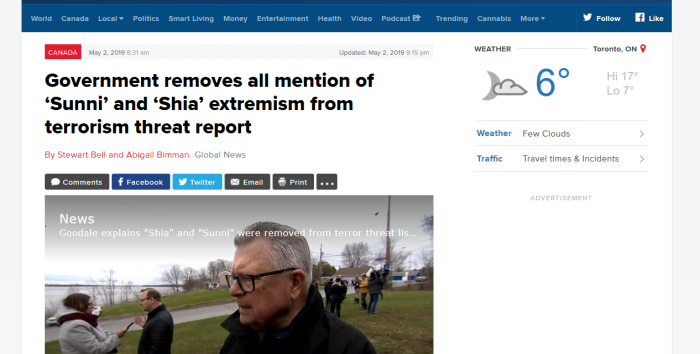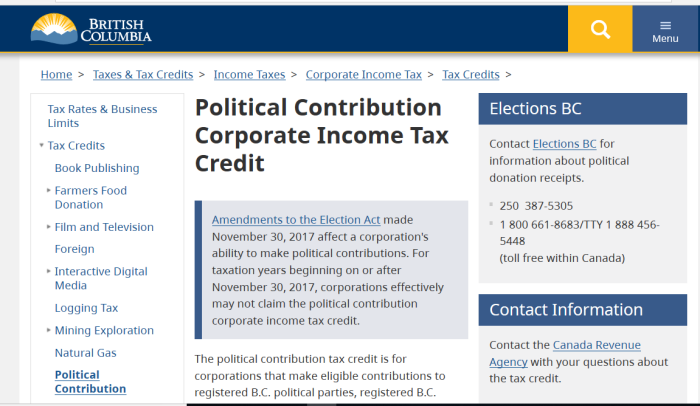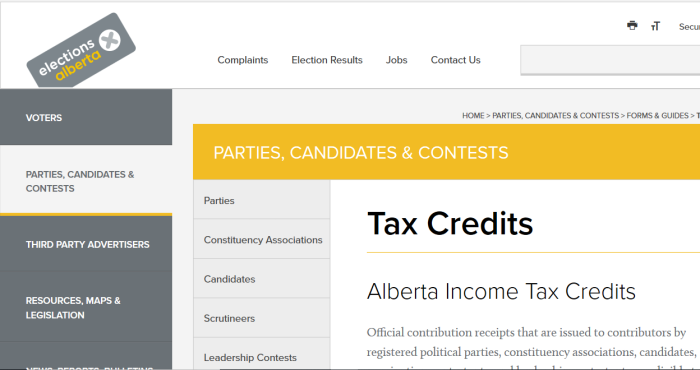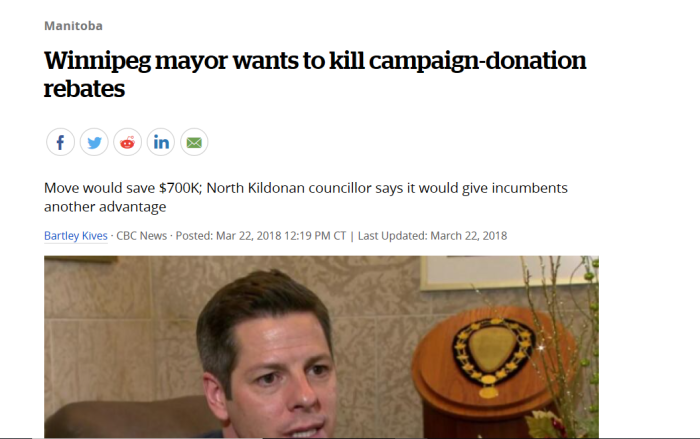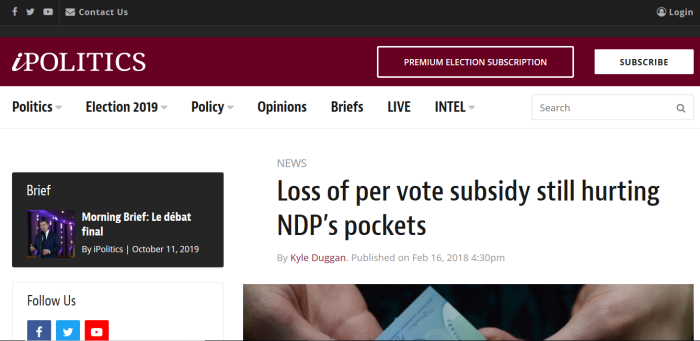(Student visas are pathway to permanent residence in Canada)
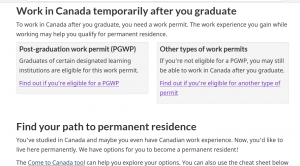
(Work in Canada after graduation)

(Spouse/Common-Law Partner also eligible to work)
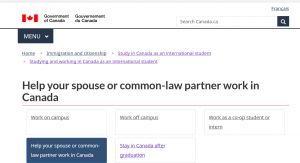
(Children of students eligible to enroll in school)
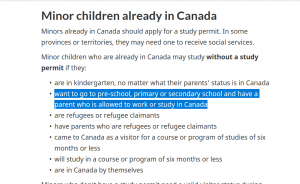
(Canada and recognition of foreign credentials)
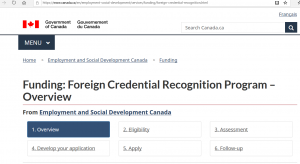
(StatsCan looks at over-education)

(Screenshot from 2018 Report to Parliament)
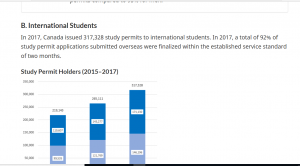
1. Mass LEGAL Immigration In Canada
Despite what many think, LEGAL immigration into Canada is actually a much larger threat than illegal aliens, given the true scale of the replacement that is happening. What was founded as a European (British) colony is becoming unrecognizable due to forced demographic changes. There are also social, economic, environmental and voting changes to consider. See this Canadian series, and the UN programs for more detail. Politicians, the media, and so-called “experts” have no interest in coming clean on this.
CLICK HERE, for UN Genocide Prevention/Punishment Convention.
CLICK HERE, for Barcelona Declaration & Kalergi Plan.
CLICK HERE, for UN Kalergi Plan (population replacement).
CLICK HERE, for UN replacement efforts since 1974.
CLICK HERE, for tracing steps of UN replacement agenda.
Note: If there are errors in calculating the totals, please speak up. Information is of no use to the public if it isn’t accurate.
2. Important Links
CLICK HERE, for stay in Canada after graduation.
http://archive.is/Tf68L
CLICK HERE, for post graduation work permit.
http://archive.is/Tw4J1
CLICK HERE, for work permits for spouse/common-law partner.
http://archive.is/jUk5I
CLICK HERE, for working while school is in session.
http://archive.is/4HCNi
CLICK HERE, for children studying in Canada, including options without any visa.
http://archive.is/SCTwX
CLICK HERE, for foreign credential recognition in Canada.
http://archive.is/q7tio
CLICK HERE, for auditing the F.C.R.P.
http://archive.is/tvwn8
CLICK HERE, for a Statistics Canada paper on over-education and life happiness data in Canada.
http://archive.is/WzyTV
CLICK HERE, for Canada: amnesty for illegals pilot program in GTA.
CLICK HERE, for sanctuary cities circumventing borders.
CLICK HERE, for 22M+ illegals in U.S., amnesty programs.
3. Annual Immigration Reports To Parliament
(a) 2004 Annual Report to Parliament
(b) 2005 Annual Report to Parliament
(c) 2006 Annual Report to Parliament
(d) 2007 Annual Report to Parliament
(e) 2008 Annual Report to Parliament
(f) 2009 Annual Report to Parliament
(g) 2010 Annual Report to Parliament
(h) 2011 Annual Report to Parliament
(i) 2012 Annual Report to Parliament
(j) 2013 Annual Report to Parliament
(k) 2014 Annual Report to Parliament
(l) 2015 Annual Report to Parliament
(m) 2016 Annual Report to Parliament
(n) 2017 Annual Report to Parliament
(o) 2018 Annual Report to Parliament
(p) Archived listings of Reports
| Report Year |
Actual Year |
Numbers |
| 2004 |
2003 |
61,293 |
| 2005 |
2004 |
56,536 |
| 2006 |
2005 |
57,476 |
| 2007 |
2006 |
61,703 |
| 2008 |
2007 |
64,636 |
| 2009 |
2008 |
79,509 |
| 2010 |
2009 |
85,140 |
| 2011 |
2010 |
96,157 |
| 2012 |
2011 |
98,383 |
| 2013 |
2012 |
104,810 |
| 2014 |
2013 |
111,865 |
| 2015 |
2014 |
127,698 |
| 2016 |
2015 |
219,143 |
| 2017 |
2016 |
265,111 |
| 2018 |
2017 |
317,328 |
4. Context For This Article
In our official Annual Reports to Parliament on Immigration, student visas are classified as “temporary” migration into Canada. However, this is extremely misleading for at least 3 reasons:
First: There are pathways to stay in Canada after graduation, and to obtain permanent residence. These are not loopholes, but options deliberately built in.
Second: Students can work up to 20 hours per week when school is in session, and an unlimited amount of time in other weeks. These are in fact WORK permits as well, and it forces Canadians to compete against students for other jobs.
Third: There are options to bring family members along, which the public at large doesn’t know. Spouses, for example, can obtain work permits simply for being married to a student visa holder. Also, children of student visa holders get access to primary and secondary schooling in Canada — even without a visa. This counts for the children as “time in Canada”, and towards credit for extending the stay further.
5. Work Permits For Spose Of Student
Who can get a work permit as the spouse or common-law partner of a student?
Your spouse or common-law partner may be eligible for an open work permit if you:
-have a valid study permit and
-are a full-time student at one of these types of schools:
-a public post-secondary school, such as a college or university, or CEGEP in Quebec
-a private college-level school in Quebec
-a Canadian private school that can legally award degrees under provincial law (for example, Bachelors, Masters or Doctorate degree)
The student visa program is designed to provide open work permits for the spouse or Common-Law Partner of a student visa holder to work freely for any employer while the other is in school. Of course, this counts towards the time needed to be in Canada to transition into other statuses, say permanent resident.
6. Student’s Children Can Study, No Visa
Minor children before entering Canada
Minor children who want to study for six months or more must apply for a study permit before they enter Canada. This includes minor children who come with parents who had a study or work permit approved overseas.
You do not need a study permit for a program of six months or less, but you may still apply for one before entering Canada.
If you are coming to Canada with parents who have a valid study or work permit, you don’t need to provide a letter of acceptance from a school when you apply for a study permit.
Minor children already in Canada
Minors already in Canada should apply for a study permit. In some provinces or territories, they may need one to receive social services.
Minor children who are already in Canada may study without a study permit if they:
-are in kindergarten, no matter what their parents’ status is in Canada
-want to go to pre-school, primary or secondary school and have a parent who is allowed to work or study in Canada
-are refugees or refugee claimants
-have parents who are refugees or refugee claimants
-came to Canada as a visitor for a course or program of studies of six months or less
-will study in a course or program of six months or less
-are in Canada by themselves
This may be poor wording from the site, but why would the children already be in the country if the parents are not? Is the incentive here to enter Canada with the children and only then get them into school?
Nonetheless, if the children of a student are in Canada, they are eligible to be enrolled — for free — in primary or secondary school in Canada.
7. Work While In School
How many hours can you work off-campus?
-You can only start working in Canada when you start your study program. You can’t work before your studies begin.
During regular school semesters:
-you can work up to 20 hours
During scheduled breaks in your school year, like during winter and summer holidays:
-you can work full-time
-you can’t work during a break that comes before you start your very first school semester
-If your program doesn’t have scheduled academic breaks, you can’t work more than 20 hours per week.
While school is going on, a student visa holder can work up to 20 hours/week, for any employer. One caveat, you cannot work for multiple employers if the combined total is over 20 hours/week. At other times, there is no limit to the number of hours available.
And again, Canadians are forced to compete against what is essentially a pool of temporary work visas.
8. Post Graduate Work Permit
If your program was more than 8 months but less than 2 years
We may give you a PGWP that’s valid for up to the same length as your study program.
For example, if you completed a 9-month program, we may give you a work permit for up to 9 months.
If your program was 2 years or more
We may give you a PGWP that’s valid for 3 years.
If you completed more than 1 program
You may be able to get a PGWP that combines the length of each program.
Each of the programs you completed must be
-PGWP-eligible and
-at least 8 months in length
You can’t get a PGWP if you already had one after completing an earlier program of study.
In reality, most graduates are getting a work permit after finishing school through the Post Graduate Work Program. It may be up to 3 years, sometimes longer. Why? What is the goal?
The final objective for many is clear. Permanent residence, and then citizenship. Student visas (while “temporary” on paper, are in fact stepping stones to remaining in Canada.
9. Transition Into Permanent Residents
Find your path to permanent residence
You’ve studied in Canada and maybe you even have Canadian work experience. Now, you’d like to live here permanently. We have options for you to become a permanent resident!
The Come to Canada tool can help you explore your options. You can also use the cheat sheet below to compare programs. Visit the program’s eligibility page to get all the details.
This page is too long to quote, but do go through it. Point is, that “temporary” visas like student visas are in fact stepping stones (pathways) to becoming a permanent resident.
As for your spouse and children (if any) in Parts #4 and #5, guess what? That time spent in Canada will also count towards the necessary time in Canada. And if the original student visa holder becomes a permanent resident, it will be easier to sponsor them as well.
10. How Many Students Are We Admitting?
Check the data table in Part #2. All of that comes directly from the Annual Reports to Parliament in Canada. Clearly, the numbers have been trending upwards for many years, and there is no sign of that slowing down. It has gone even higher since, with total college and university enrollment consisting of about 40% international students.
Why the surge? 3 reasons. First, colleges and universities are money pits, and require an almost endless supply of money to keep going. God forbid they downsize. Second, Canadians are more and more opting opt of the post secondary life, given high debt and poor job prospects. That shortfall has to be made up elsewhere, or else cuts will need to be made. Third, as outlined before, student visas are a direct pathway to permanent residence, something more and more people are taking advantage of.
Also, keep in mind that children of students are allowed to come to primary and secondary school without a student visa in many cases. Although the majority of student visa holders are childless, this does skew the data.
The result is that Canada is importing a replacement population under the guise of higher education. Citizenship for tuition dollars, that’s what it comes down to.
11. Overeducation, Poor Job Prospects
Over-education is typically defined as employment in an occupation that is below an individual’s skills or work experience (Chen, Smith and Mustard 2010). Subjective measures based on respondents’ self-perceived over-education are also used in the literature (Feldman and Turnley 1995). Although there are multiple operational definitions (Friedland and Price 2003), the most commonly used measure identifies the occurrence of over-education as when an individual’s educational attainment is higher than the level of education “required to adequately perform” his or her job (Rubb 2003; Wolbers 2003, p. 250). This study also employs this definition of over-education, focusing specifically on the match between an individual’s educational attainment and the educational requirements of the occupation.
Generally, individuals who are over-educated are not able to obtain employment that fully capitalizes on their level of education, in terms of either financial rewards or skill utilization (Bracke, van de Straat and Missinne 2014; Feldman 1996). The consequences of over-education have been examined extensively. Much of the literature focuses on either the economic costs of over-education or how over-education affects job quality. These studies indicate that over-education results in lower earnings, lower productivity, more precarious working conditions, less autonomy on the job, and unused human capital (e.g., Chiswick and Miller 2009; Fleming and Kler 2008; Hartog 2000; Nordin, Persson and Rooth 2010; Peter, Gässler and Geyer 2007; Piper 2015; Smith and Frank 2005; Wu, Luksyte and Parker 2015). However, there are also psychological costs that may be linked, at least in part, to these consequences of over-education.
One limitation of these studies is that they are concentrated on recent immigrants, who tend to experience a range of challenges when transitioning into a new culture and labour market. While some hypothesize that a continued mismatch between immigrants’ education and employment likely increases their feelings of dissatisfaction (Chen, Smith and Mustard 2010), there is no evidence that this is the case. In fact, George et al. (2012) found that immigrant engineers who were not employed in their field and had been living in Canada for six or more years had higher life satisfaction than their more recently arrived counterparts.
That study is a very interesting one, and those are just a few quotes from it.
However, researchers omit a very real piece of information from the equation. Depending on where a person comes from, merely moving to Canada would be seen as a victory with the much higher standard of living. One could reasonably believe that immigrating itself was the real goal, with occupational achievement a very distant second. That is missing from the report though.
This is not to say that there is anything inherently bad with moving to another country. But we should be honest about what is really driving these changes. It is overall quality of life.
As anyone who has been paying attention over the last decade knows, the market is extremely glutted for new graduates. Why then would people come all the way over here to compete with Canadians? Answer: immigrating itself is the real goal. Many don’t care what field they end up in.
The CBC article is just one example of media making it abundantly clear that job prospects for young people and new graduates is very harsh. Importing large numbers of students who intend to remain in Canada only makes their difficulties worse.
12. Foreign Credential Recognition Prog
1. Overview
The Government of Canada provides funding to governments and organizations through the Foreign Credential Recognition Program (FCRP) to support foreign credential recognition in Canada.
The Framework sets out a commitment to provide internationally trained individuals in target occupations with timely credential recognition service. This means these individuals will know within one year whether their qualifications, including their credentials, meet Canadian requirements, what other requirements they may need and which other occupations match their skills and experience. Governments are putting supports and processes in place to meet this service standard.
This service commitment is already being met in these target occupations:
- architect
- dentist
- engineering technician
- engineer
- financial auditor and accountant
- licensed practical nurse
- medical laboratory technologist
- medical radiation technologist
- occupational therapist
- pharmacist
- physiotherapist
- registered nurse
- physician
- teacher (K–12)
This service commitment will soon be met in these target occupations:
- audiologist and speech language pathologist
- carpenter
- electrician (industrial and construction)
- geoscientist
- heavy duty equipment technician
- heavy equipment operator
- lawyer
- midwife
- psychologist
- welder
Any of these fields look familiar? They are ones that Canadian graduates struggle to find work in. This is because the markets are already saturated.
Note also: true, these programs exist in Canadian schools, but the places available are very limited. This means that there ARE Canadians who want to get into these fields, but that only limited spaces exist.
The Canadian Government (really the taxpayers) help to fund this Foreign Credential Recognition Program. This means that taxpayers are financing efforts to bring more foreign workers in, while our own people struggle to find meaningful work.
One obvious benefit to this high supply of labour: it helps to keep wages low. The supply — in many fields — far outweighs the demands.
Of course, there is another angle to look at: The FCRP staff can claim that the foreign credentials don’t quite meet the standard, and that more schooling is needed. Hence, the workers will be forced to help finance the post-secondary education beast.
13. Auditing The F.C.R.P.
The audit findings indicate a high level of compliance with respect to educational and professional qualification requirements. The audit confirmed that all credentials claimed by appointees in 269 appointments were valid and issued by legitimate institutions. However, there were 9 appointments (out of the total sample of 278 appointments) where the audit team did not have enough information to complete validation, for reasons outlined in this report.
While the authenticity of the credentials claimed by appointees was largely confirmed, the audit did reveal a lack of understanding of the requirement for appointees to provide proof of Canadian equivalency for foreign credentials. Qualification standards, established by the Treasury Board of Canada, stipulate that candidates with foreign credentials must have those credentials assessed against Canadian educational standards and found to be comparable. Sub-delegated managers did not follow through on this requirement in 12 of the 24 appointments (50%) where it applied. This observation leads to the single recommendation stemming from the audit.
For the auditing done in 2019, 278 appointments were audited for documentation, and 24 were audited for equivalency to Canadian education.
These are very small audit numbers, given the size and scale of the program. But half (50%) were not equivalent enough to Canadian standards.
As for the missing documentation, is it that paperwork has gone missing, or was there fraud? Would be interesting to know.
14. Where Do Things Stand?
Let’s consider the facts:
(a) Canada is admitting a huge population of foreign students, which now make up almost half of college and university students. Schools need these foreign students to make up the difference as domestic enrollment is decreasing. The numbers for international students have been consistently trending upwards.
(b) Students can work, even while in school. This leads to an artificial bump in the amount of workers available, and helps to hamstring Canadians who are looking for work, or for more hours. They have new competition to face.
(c) These students, once they graduate, will have pathways to obtain permanent resident status. This also applies to a spouse or children, who are able to come to Canada as well. This is not “temporary” migration as people claim, and absolutely should be disclosed publicly.
(d) Many professions are completely glutted with graduates and other young people. This has led to an underemployment epidemic Canada, where people are getting little to no use out of their education. As such, it become an employer’s market in many fields, and it allows wages to remain stagnant, even as inflation continues.
(e) Our own government uses taxpayer money to finance the recognition of foreign credentials. This happens even as Canadian programs are capped and enrollment limited. This means that the rules are intentionally rigged to favour foreigners.
How does any of this help Canadians? How does importing subsidized foreign competition, while capping domestic enrollment make job hunting easier for Canadians? It doesn’t. All it does it help ensure a large supply of labour available to work for less.
To be fair, it does also help replace the population. But that has been addressed elsewhere.
Like this:
Like Loading...
